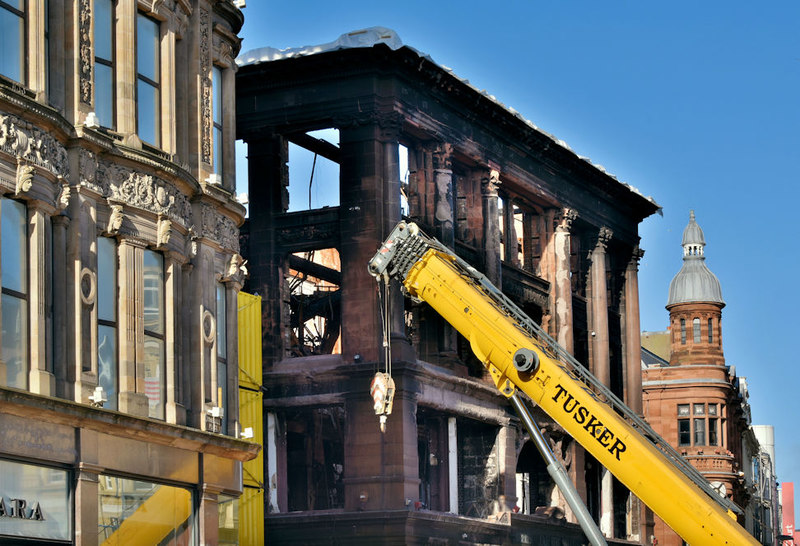CIOB conservation scheme welcomes retrofit roles
Contents |
[edit] Introduction
The Chartered Institute of Building’s (CIOB) Building Conservation Certification Scheme has expanded entry requirements to certify individuals working within the retrofit sector. The scheme applies the same criteria as other similar certifications, but with energy efficiency and sustainability in recognition that climate change must play a part in everybody's role.
[edit] Background
The CIOB Building Conservation Certification Scheme is suitable for individuals working on traditional or listed buildings. The programme was introduced in June 2017 in response to a growing demand for certified conservation specialists, providing individuals working on these buildings with a route to becoming certified conservation specialists.
Even prior to including professionals from within the retrofit sector, the Building Conservation Certification Scheme accepted a greater number of roles within industry than any other scheme.
[edit] Requirements
Candidates must have some knowledge and experience of working on traditional buildings, although this does not need to be on buildings in conservation areas or listed buildings. If they do not hold specific conservation qualifications, they are required to undertake the CIOB two-day Understanding Building Conservation course.
Regardless of what role an individual has in retrofit, membership of a building conservation certification scheme will help to demonstrate competence.
More information can be found here.
This article originally appeared on the CIOB website. It was published on 15 February 2021.
--CIOB
[edit] Related articles on Designing Buildings Wiki
IHBC NewsBlog
Old Sarum fire in listed (& disputed) WW1 Hangar - Wiltshire Council has sought legal advice after fire engulfed a listed First World War hangar that was embroiled in a lengthy planning dispute.
UK Antarctic Heritage Trust launches ‘Virtual Visit’ website area
The Trust calls on people to 'Immerse yourself in our heritage – Making Antarctica Accessible'
Southend Council pledge to force Kursaal owners to maintain building
The Council has pledged to use ‘every tool in the toolbox’ if urgent repairs are not carried out.
HE’s Research Magazine publishes a major study of the heritage of England’s suburbs
The article traces the long evolution of an internal programme to research 200 years of suburban growth
IHBC Context 183 Wellbeing and Heritage published
The issue explores issues at the intersection of heritage and wellbeing.
SAVE celebrates 50 years of campaigning 1975-2025
SAVE Britain’s Heritage has announced events across the country to celebrate bringing new life to remarkable buildings.
IHBC Annual School 2025 - Shrewsbury 12-14 June
Themed Heritage in Context – Value: Plan: Change, join in-person or online.
200th Anniversary Celebration of the Modern Railway Planned
The Stockton & Darlington Railway opened on September 27, 1825.
Competence Framework Launched for Sustainability in the Built Environment
The Construction Industry Council (CIC) and the Edge have jointly published the framework.
Historic England Launches Wellbeing Strategy for Heritage
Whether through visiting, volunteering, learning or creative practice, engaging with heritage can strengthen confidence, resilience, hope and social connections.















